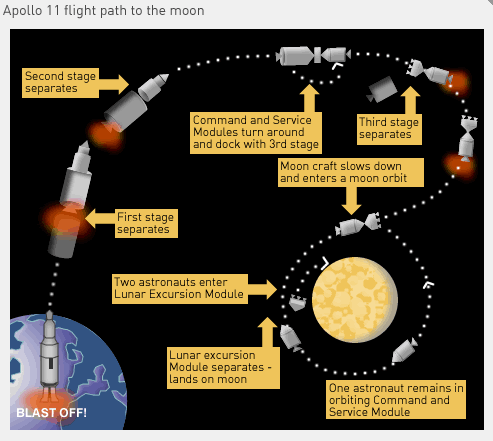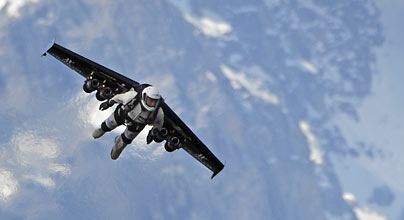
Well, maybe not that kind of Rocket Scientist, but a more normal one.
Note
This lecture was given to a group of about 40 third grade science students at Clayton Elementary school in Austin on October 9, 2009. Thanks to Logan Mulanax and Gina Reed Lacy for the invitation to speak!
Wow! I AM a Rocket Scientist!
I have two college degrees that say so! Neat!
How I got there and what I got to do with all that education is the story I want to tell you kids - because my journey to become a rocket scientist really started right where you are today!
Growing up in Washington DC
I was born in Washington, DC. My mom worked for the U.S. Army in the Pentagon, and my dad was an accountant. They met while World War II was going on! But I was lucky! I had a second set of parents!
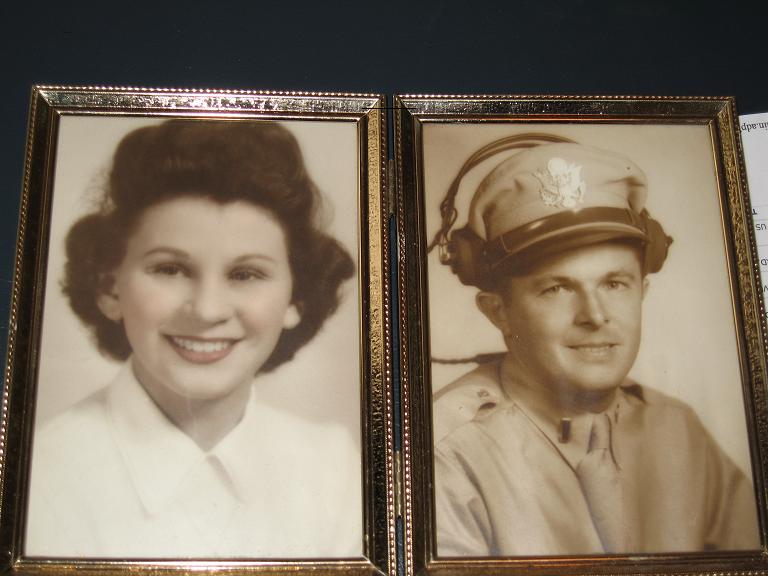
Evelyn and Andy lived next door to my parents when I was born, and I became their kid as well. Andy flew bombers in World War II, and I remember him telling me stories about flying when I was very young! It sounded like fun (even though it was not really - wars are not fun at all!) Here is the plane he flew:
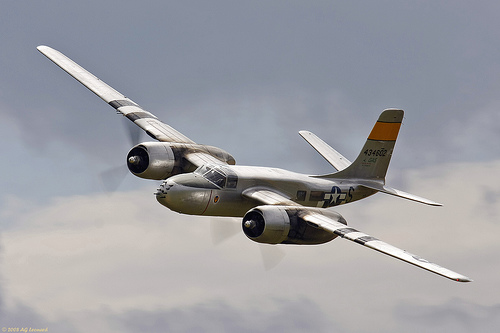
As soon as I could walk, Andy started taking me to the museums of the Smithsonian Institute on the Mall. The one I liked best was the one that had airplanes in it.
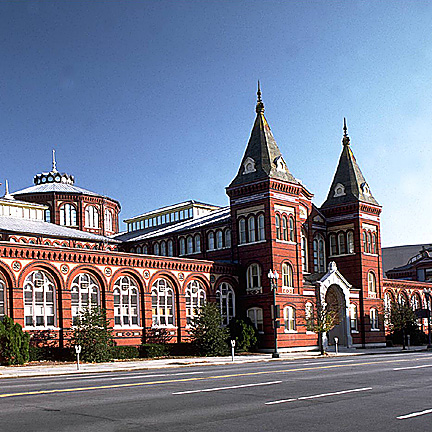
As you entered the front door of this building, there were two airplanes hanging in the room. The first was the Wright Flyer:
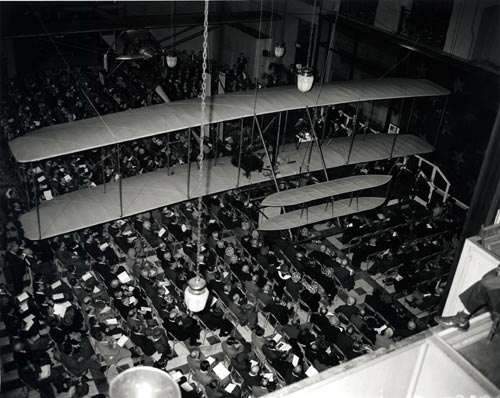
This picture was taken when the plane was first displayed in the museum. The second plane was this one:
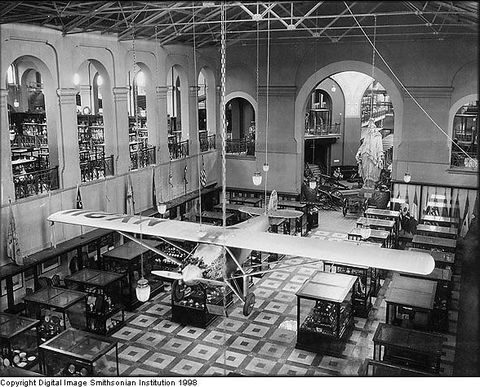
Do you recognize it? It is the Spirit of St. Louis that flew non-stop to Paris from America only about 24 years after the Wright Brothers first flew in North Carolina!
Curiosity
As I got older, I continued to hang out in the Smithsonian after school, looking at all kinds of things. I snuck into the back rooms of the museum and met some interesting people who worked in the archives. I was even introduced to Dr. Paul Garber, the curator of the aviation side of the Smithsonian, and the father of the National Air and Space Museum.
I was amazed at the inventions people had come up with and I wanted to know how everything worked.
How about a steam engine?
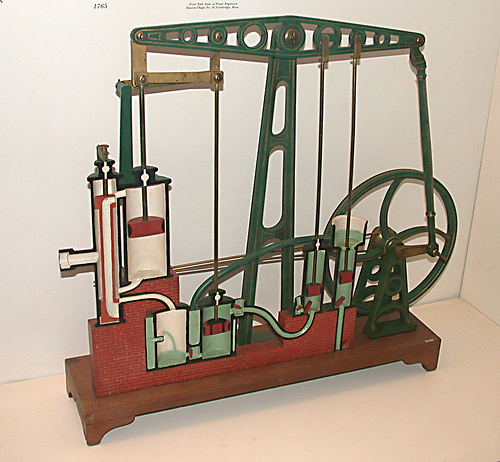
Or a big locomotive?
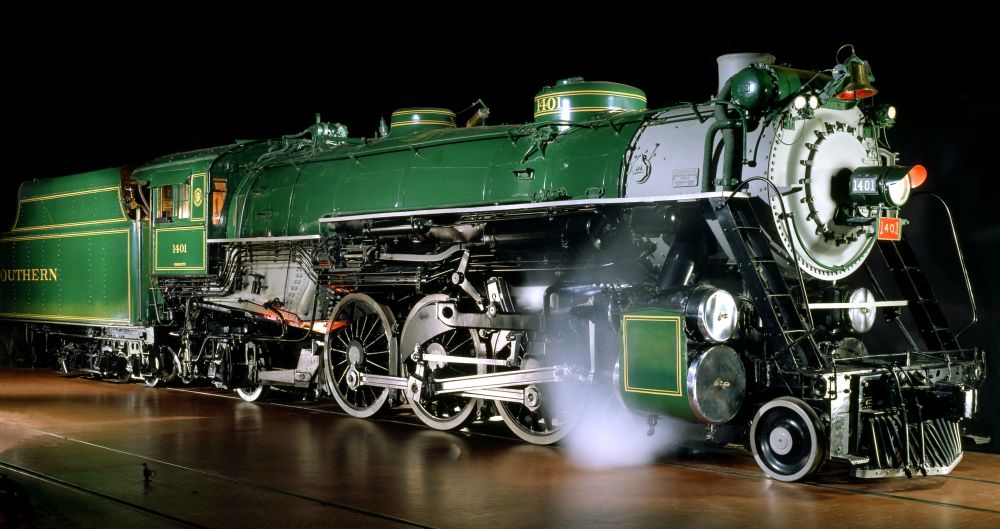
How about a cool diamond?
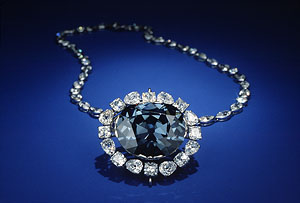
Or a big elephant?

OK, so I did not really want to know how that one worked!
No matter how cool all these exhibits were, I always ended up looking at the airplanes:
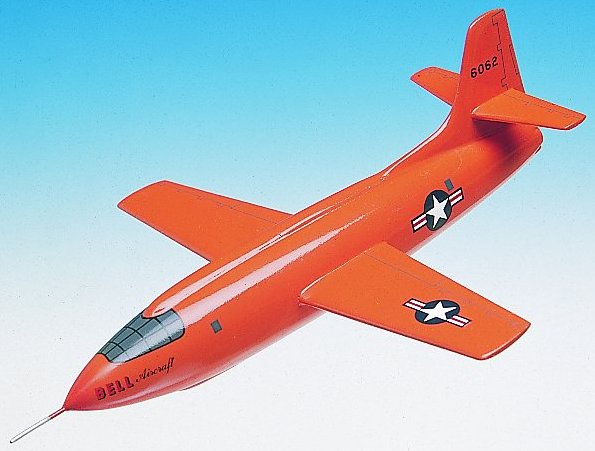
This was the first one to break the sound barrier - about 700 miles per hour!
Dreaming of flight!
I wanted to fly! As I got older, I discovered that I was pretty good at drawing, so I took a bunch of art classes in school. We went to the art museums on the Mall, and I got to learn a lot about art. Leonardo Da Vinci was one of my favorite artists - He was good at art and an inventor who dreamed of flying just like me! Here is his idea for a flying machine:
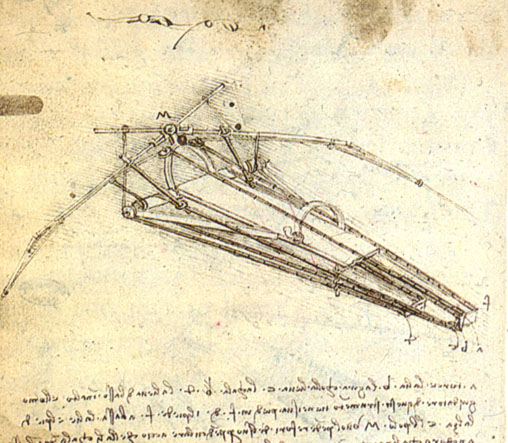
I could imagine strapping into this thing and flapping my arms and flying all over the place. Sadly, humans are not strong enough to do this - but a kid can dream, right?
One day, my mom took me to the Pentagon to see a man fly with a rocket strapped to his back:
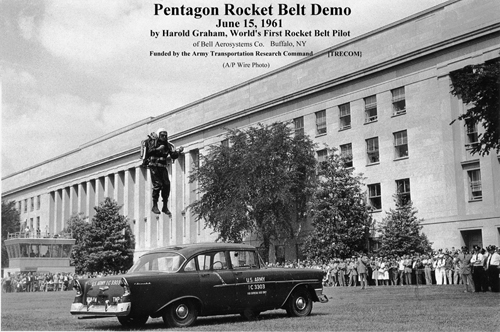
Boy, did I want one of those things. (I keep looking at the picture to see if I can see myself. I am in that crowd somewhere!)
Model Airplanes
My dad took me to see my first real model airplanes. We went to Andrews Air Force Base near Washington and watched people fly model they built all by themselves. I was too young at the time to get very interested, but that changed very soon!
One day, when I was 8 years old, a magical thing happened to me. I was delivering newspapers to earn spending money and as I came around the corner of a building near my home, I saw a man fly a model airplane that looked like this:
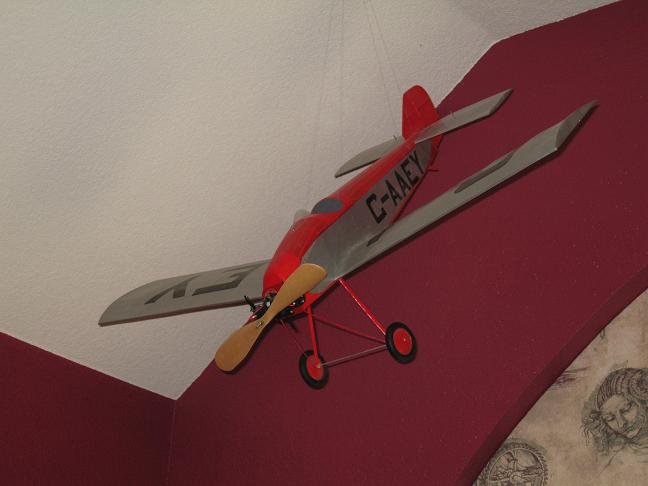
I was amazed at how real this model looked when it was flying, and how neat it was watching it fly in circles in his yard for several minutes. I bugged the man to teach me how to build one! That day started me on an adventure that ended up with me being a rocket scientist! I can still remember the day, even now! How cool is that?
Eventually, my friends and I earned enough money to buy kits for model airplanes we could fly on school playgrounds - with real engines. Here is one I used to own:
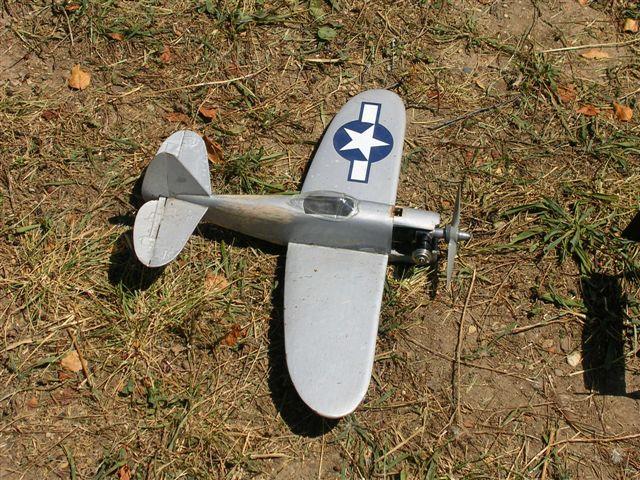
We flew the wings off of this thing, and spent all our money on fuel and rubber bands to hold things together!
Eventually, I started building some amazing models powered by rubber bands. I designed and built a model helicopter and ornithopter (that flies like Leonardo's machine by flapping it's wings).
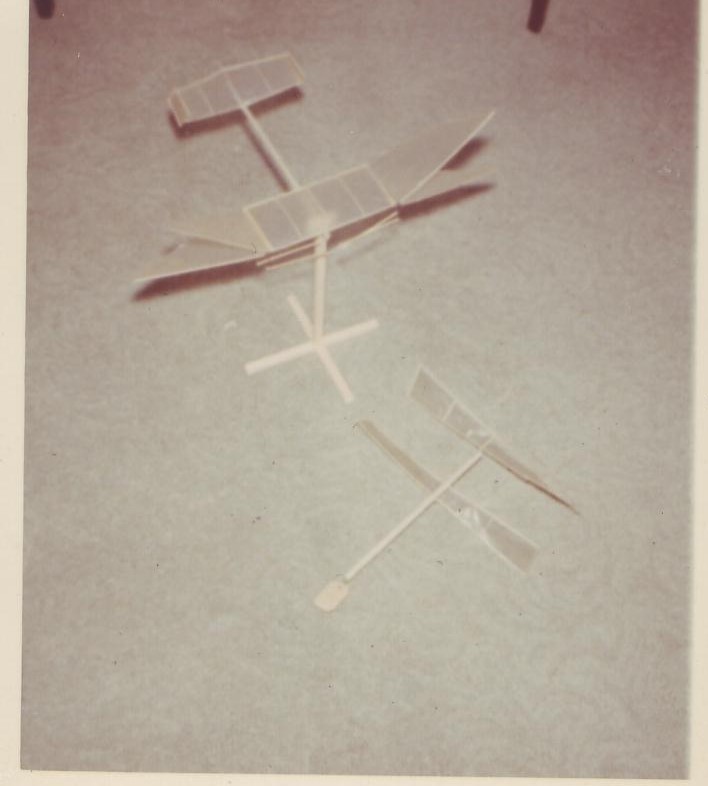
I even set a National Record for the longest flight by a helicopter model for my age group!
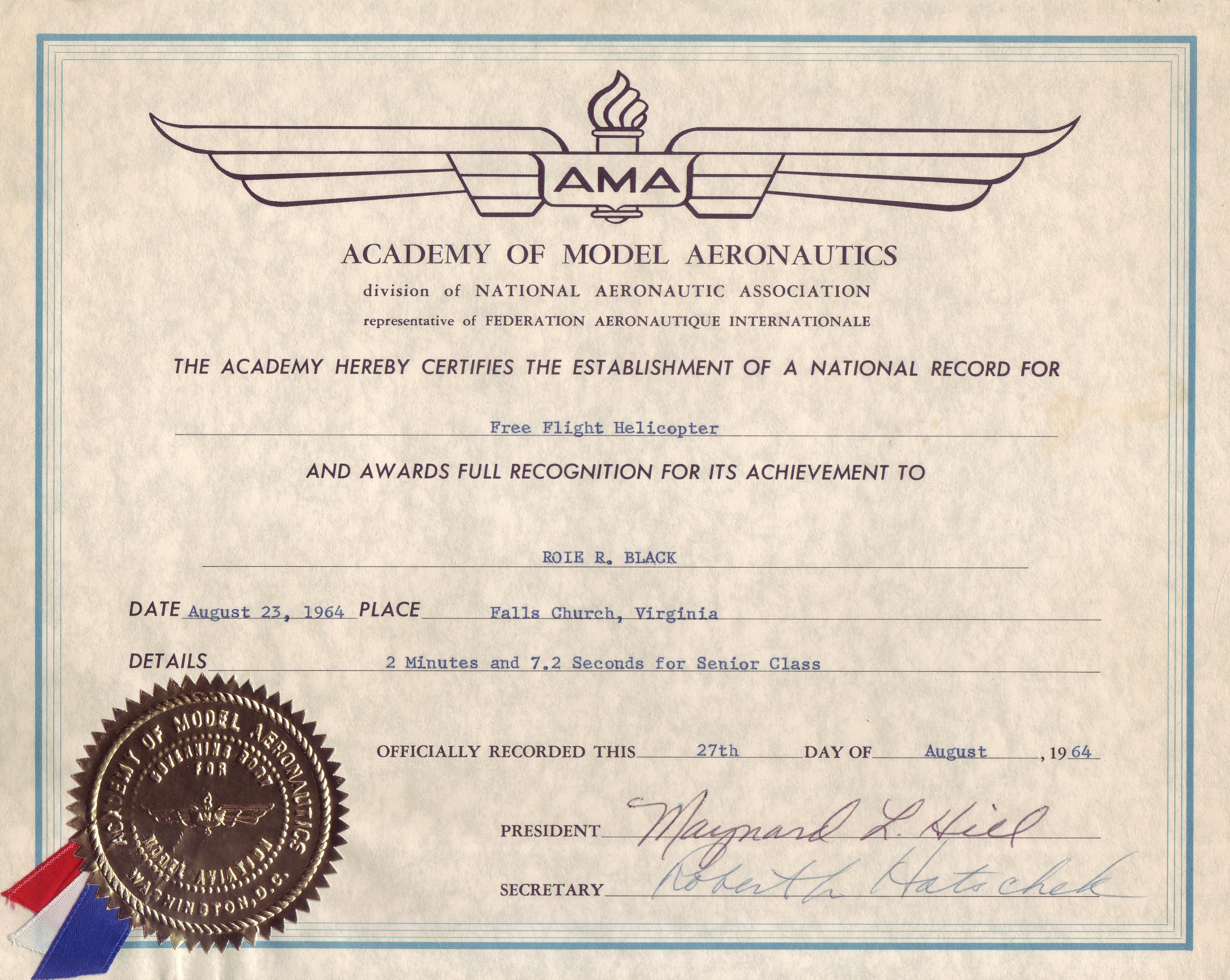
Off to College>
As I got close to going to college, my art teacher wanted me to become a professional artist. But when I looked at the drawings I was doing:
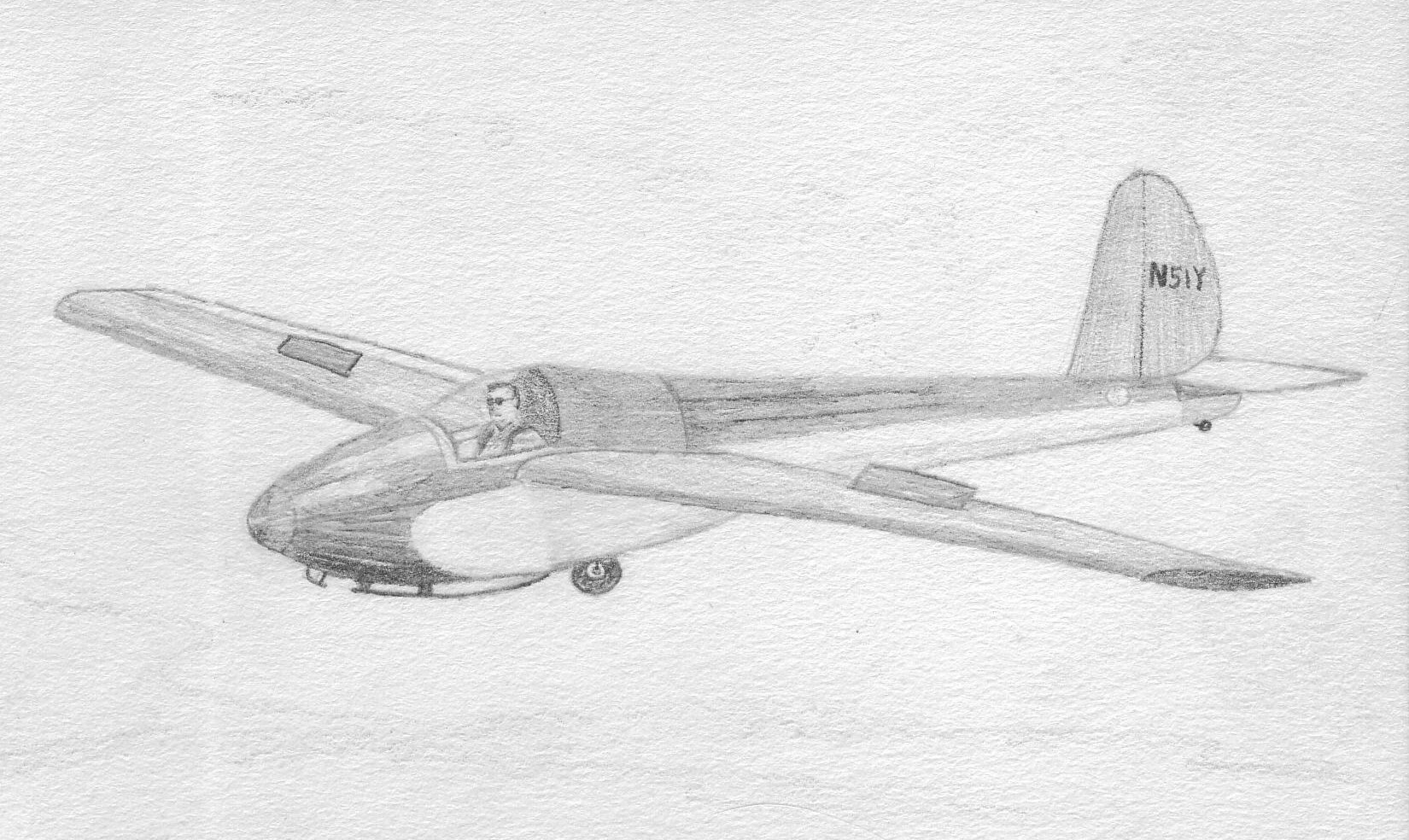
And this one:
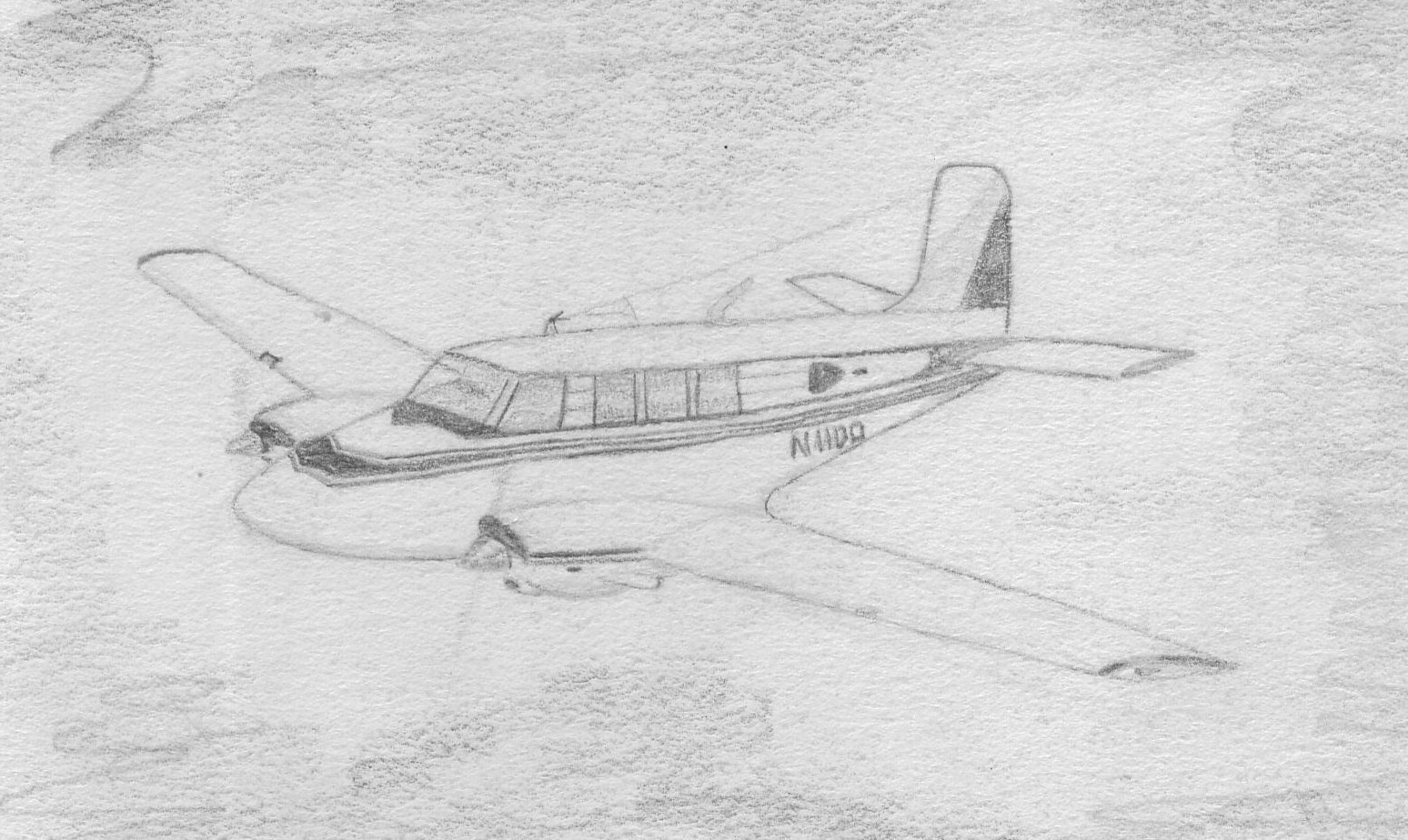
I knew I really wanted to become an aeronautical engineer! So off I went to Virginia Polytechnic Institute where I entered as an aerospace engineering student!
Space
While I was in high school, the Russians launched the first satellite - SputNik
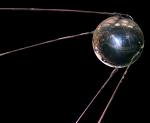
Everyone who could went outside and looked into the sky to see if they could see the thing. I remember seeing a blinking light sail across the sky so fast and high it could not be an airplane. That was really something in space!
Everyone got space fever!
Here are a few early TV programs that explained how we would get to the moon:
McDonnell Aircraft
I needed a way to pay for college, so I entered a program called "cooperative engineering" where a student would go work for some company and learn about the profession they were studying while going to school. For three years I went to school for one term, then to work for the next.
The company I went to work for was McDonnell Aircraft in St Louis. Wow! These folks were building our first space capsules and jet fighters as well. What a cool place to work!
I got to see real space craft being built.
This one is the Mercury capsule. It carried the first Americans into space.

They let us out of school so we could go see John Glenn's parade with President Kennedy. Glenn was the first American to orbit the Earth!</p>
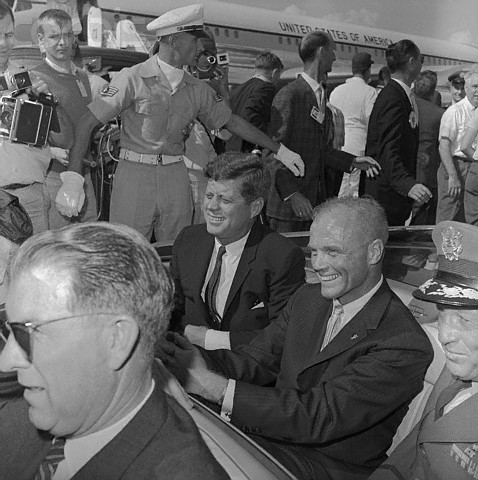
This is the Gemini capsule that carried two men into space. I got to watch the Astronauts practice their missions in a giant vacuum chamber at the plant!</p>
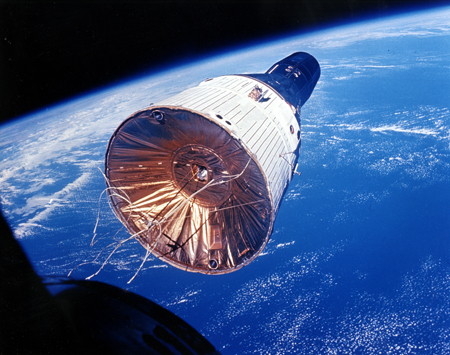
And sit in the cockpit of a really neat fighter jet:
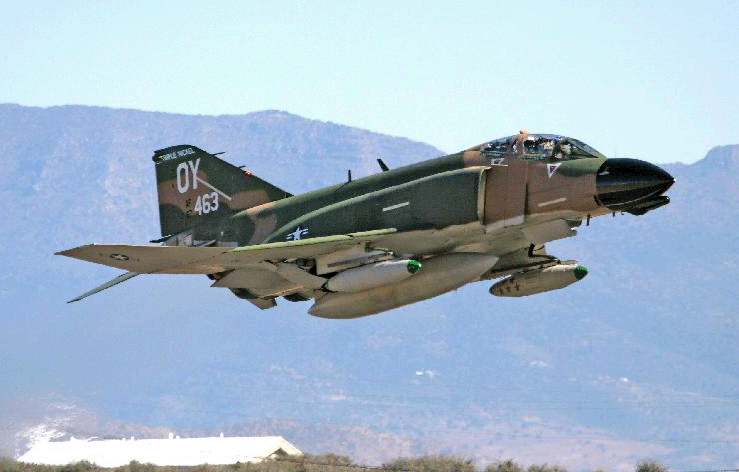
They even let me sit in one of these things when the engine was running, but it was tied down to the ground so it would not fly away - Phooey!
Every day, when I went to work, I got to walk down the assembly line where they built these planes:
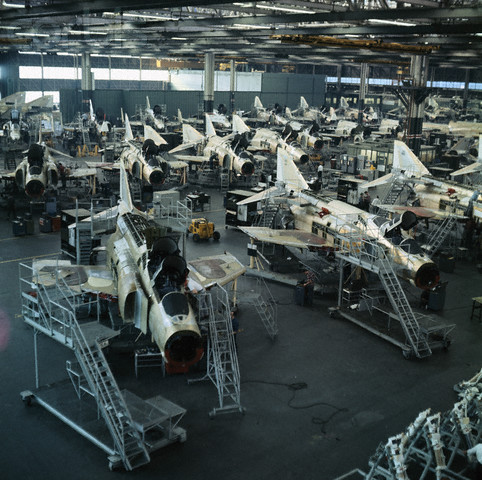
I did not forget my model airplane hobby. Here is my first Radio Controlled model:
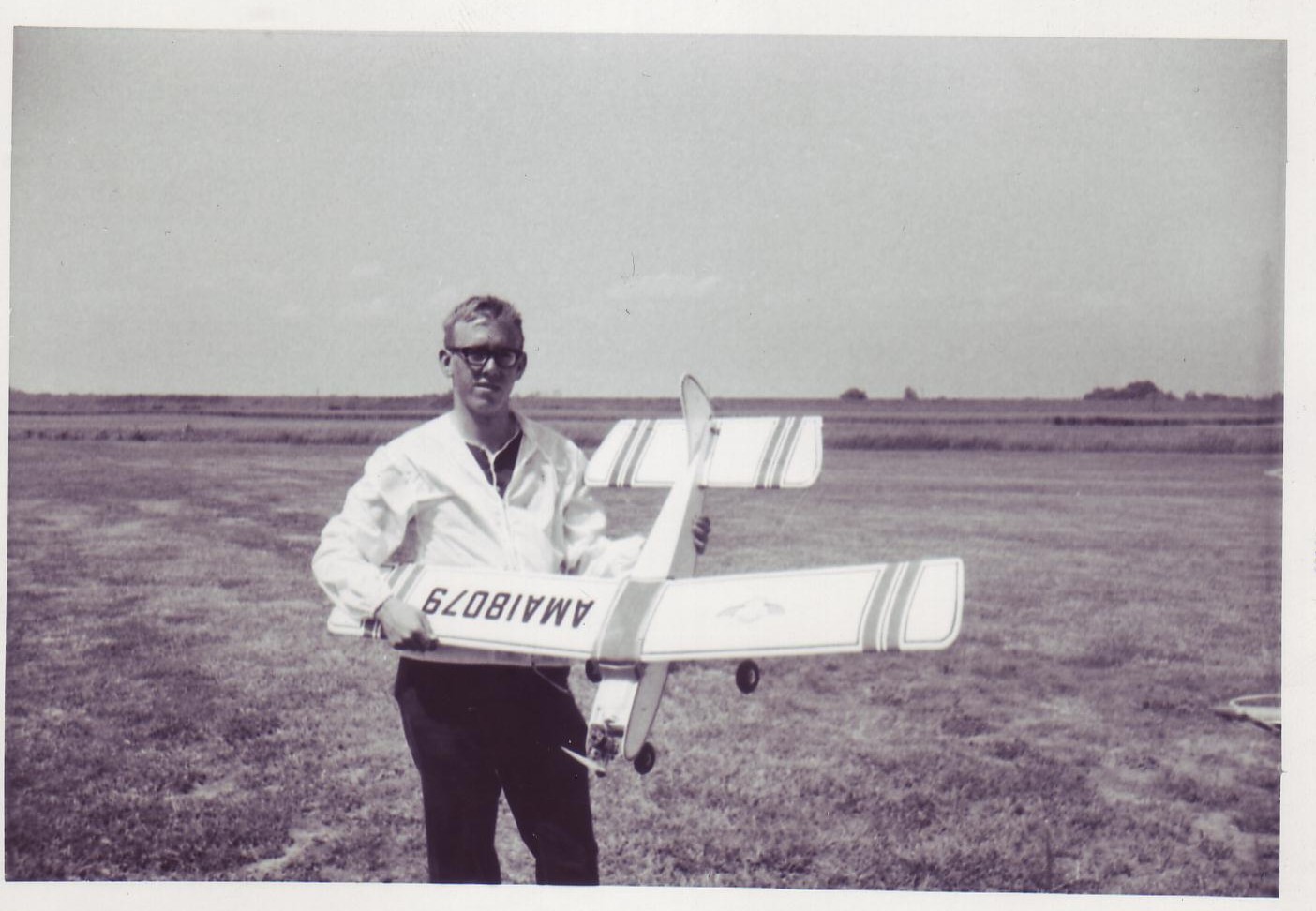
I also build models that were lighter than a penny! This one is covered in a thin plastic film and flew for over a half hour inside big buildings on a wound up rubber band!
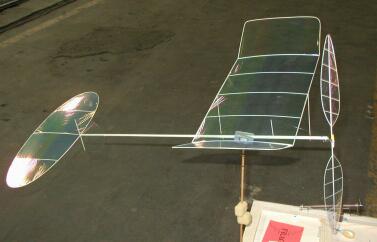
And, I went back and visited my favorite museum as well - now they had rockets on display:
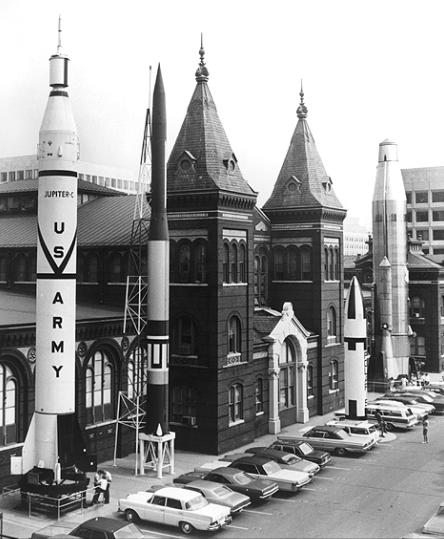
Joining the Air Force
If you love cool airplanes and rockets, the place to work is the U.S. Air Force, so I joined while I was in college. As part of my ROTC training, I went on a number of field trips, to cool places like Cape Canaveral (Cape Kennedy) where the space rockets were being launched. Here is a picture of me flying an Air Force transport plane on our way to Florida:
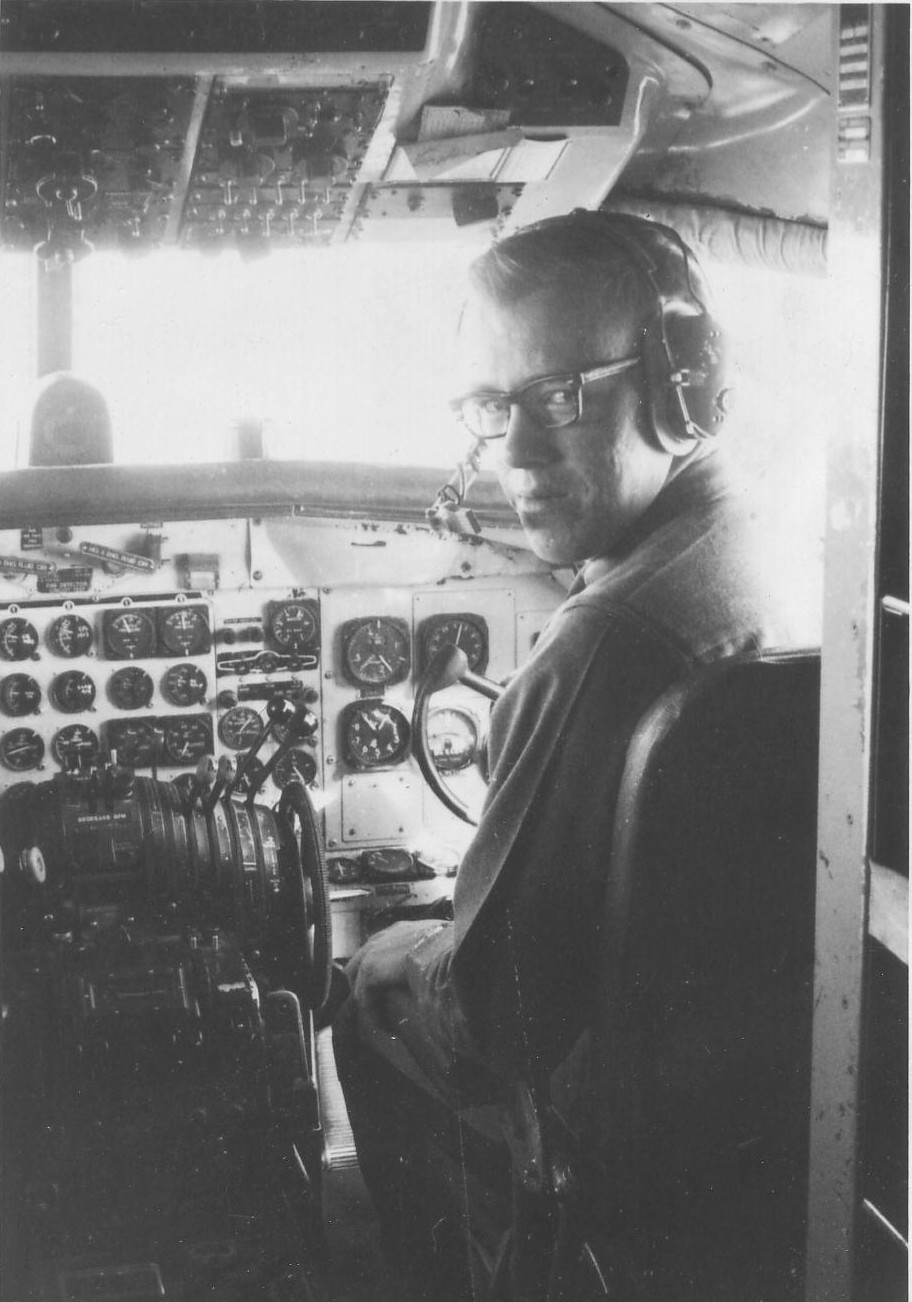
When I graduated, I went on to graduate school with NASA paying for my advanced education. I learned how to design airplanes and space vehicles using computers.
This is what air looks like flowing over the wing of a jet airplane:
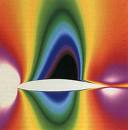
And here is a picture showing the different air pressures on the Space Shuttle gets as it reenters the atmosphere!
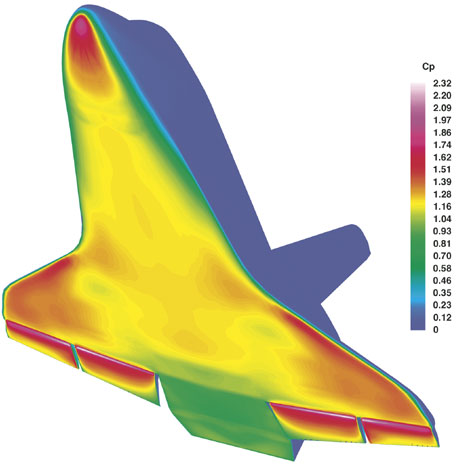
All of this work was done with really big computers. We told the computer what the airplane looked like (just like they do in video games today), then used complicated math to figure out how it would fly! My Master's thesis was on a system that used a big balloon to slow down a space craft so it would fall out of orbit! I even got to present it to a big crowd of scientists in New York City!
After graduate school, I went to work as a research scientist in the Air Force at Wright Patterson Air Force Base in Dayton, Ohio.
Learning to Fly!
Since I was not a pilot in the Air Force, I decided to learn to fly. I finally flew by myself for the first time in one of these:

I even got the learn to fly on the same field the Wright Brothers used when they tested their airplanes in Dayton, Ohio!
Eventually, I learned how to fly like an air show pilot in one of these:
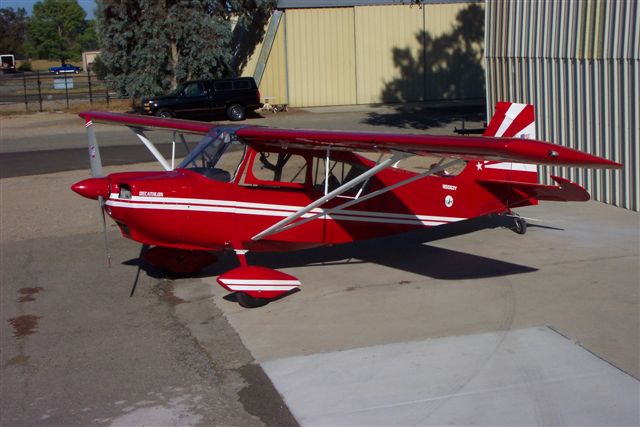
I can still remember flying upside down wondering why my feet did not fall to the ceiling of the plane!
More history
The first job I had in the Air Force was in a research lab where I used the biggest computers in the world. One of the scientists I got to work with was a nice fellow named Hans Von Ohain (on the right):
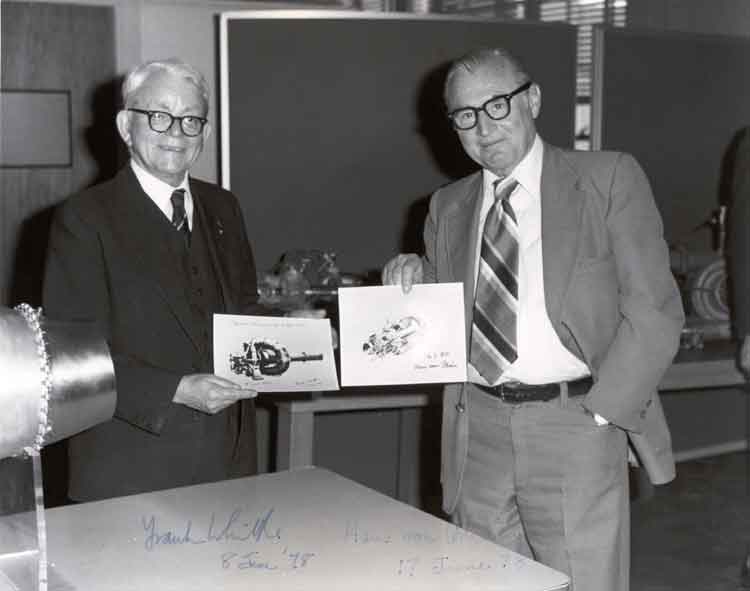
What I did not know at first, was that when this man was just 25 years old, he built the very first jet engine to fly in the world! He is known as the co-inventor of the jet engine, with Frank Whittle of England. Here is the plane that was powered by Hans' engine:
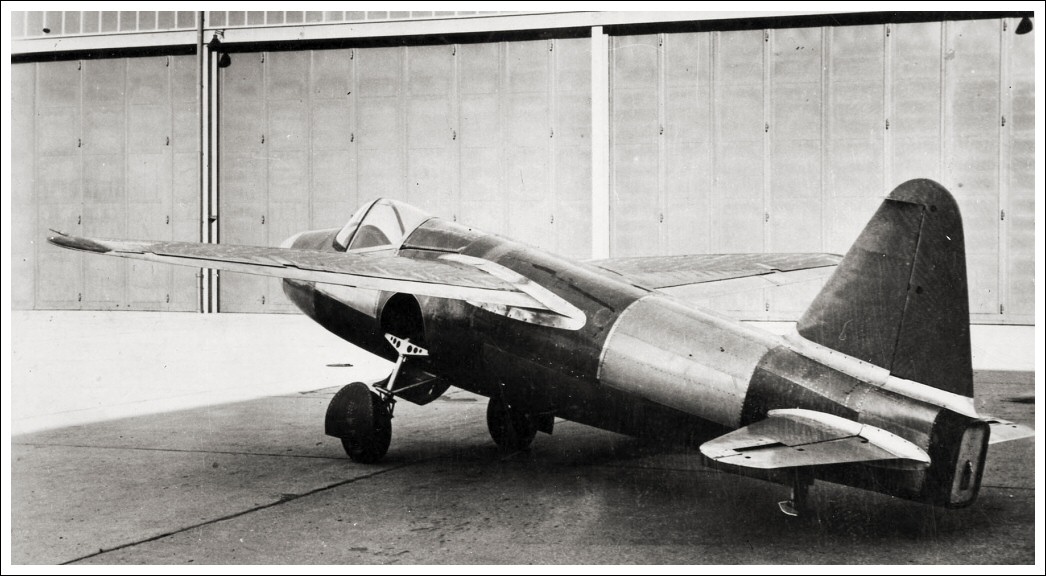
I continued to fly model airplanes when I was in the Air Force. One of the men I flew with was Dick Rutan. Dick's brother was Burt Rutan, a designer of really neat airplanes. Dick flew this airplane that his brother built around the world with Jeana Yeager, non-stop!

I got to hold the wing tip of this plane while it was taxiing out to take off at an air show before it went to the Smithsonian!
One of the scientists who worked with me in the lab was Guion Bluford, who was working on his Doctorate degree in Aerospace Engineering. Guy applied to be a Shuttle Mission Specialist. He was selected and was the first African-American man in space:
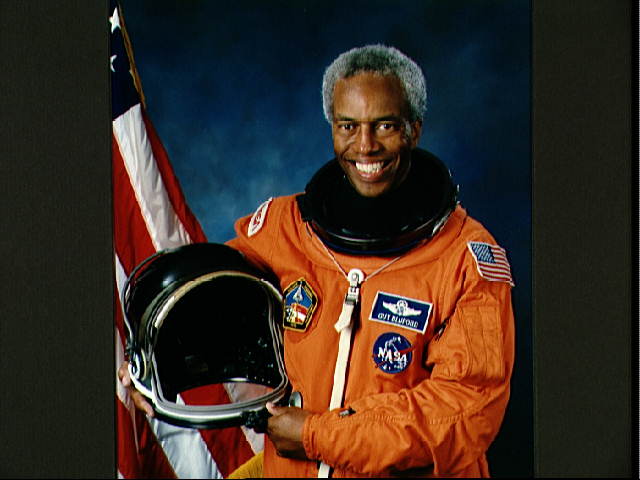
I was invited to his first launch as a guest of the crew!
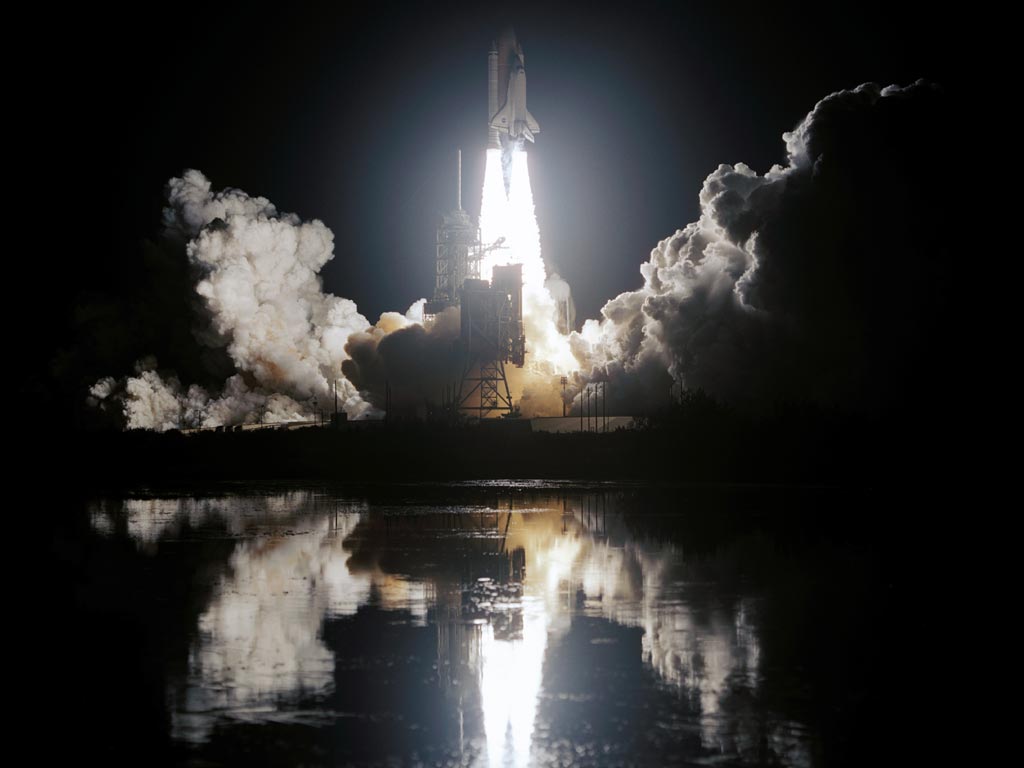
This was the first launch of the Shuttle at night! It was dark until they lit up the rocket and boy was it loud!
In summer, 2010, Guy invited me back to Cape Kennedy to join his family and friends as he was inducted into the Astronaut Hall of Fame. I got to hang out with about 35 astronauts from space programs all the way back to those Mercury projects I was so fascinated by in high school.
Here is a shot of Guy and I right after the dinner to honor these folks:
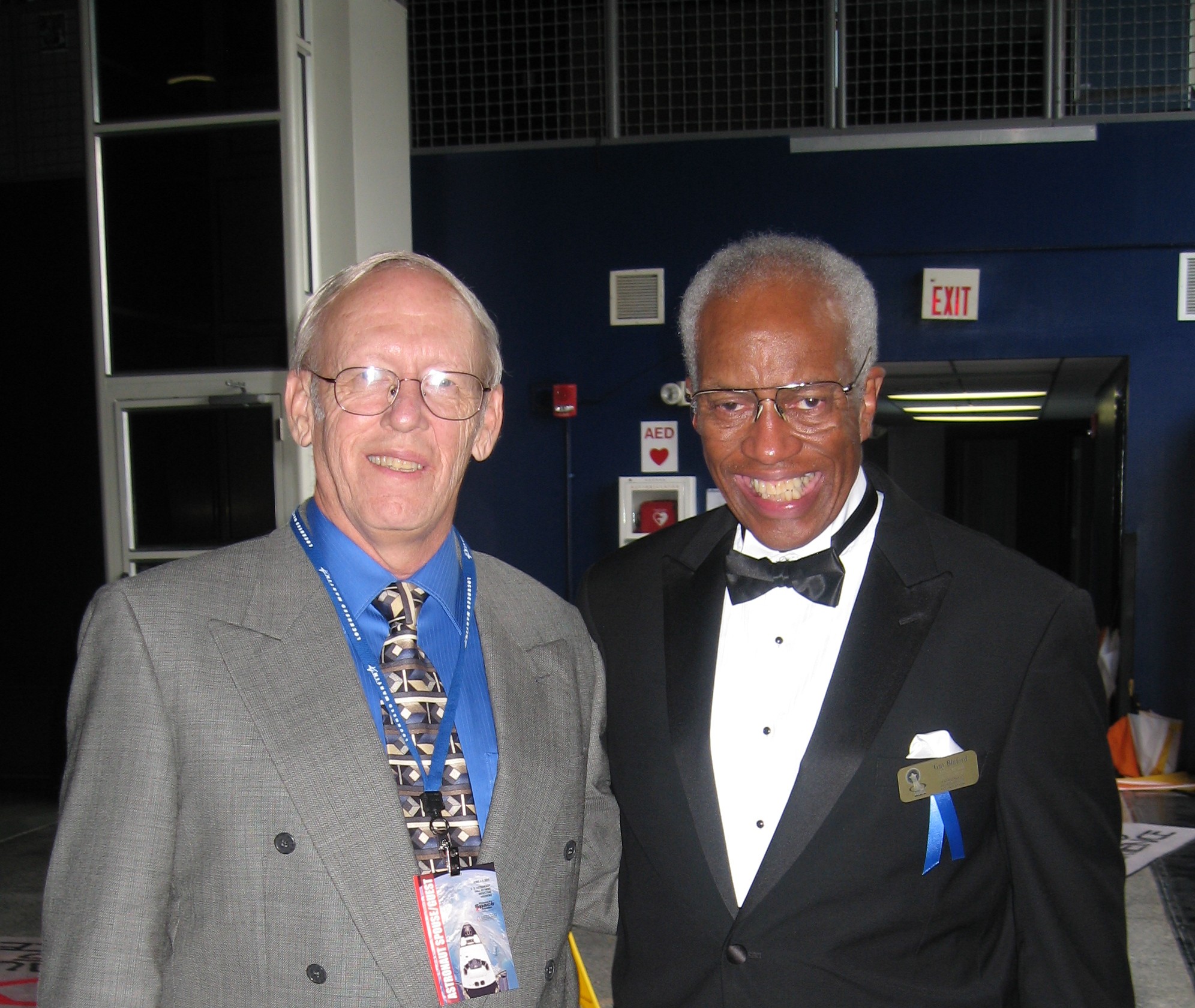
The dinner was neat, we ate below a real Saturn-V rocket, hanging over our heads:
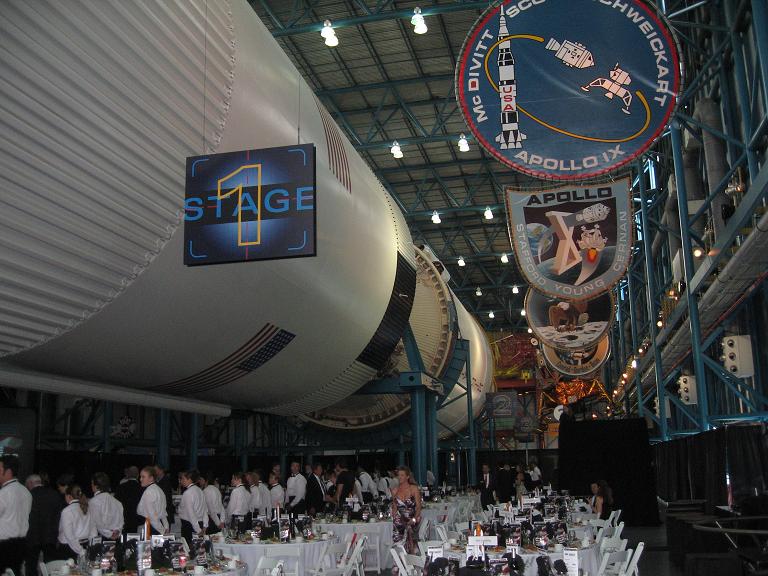
The group inducted this year included Guy, Kathy Thornton, Ken Bowersox, and Frank Culbertson. I even got to chat with Kathy about fixing the Hubble Space Telescope. I watched her during her space walk at 2AM on NASA television back in 1993.
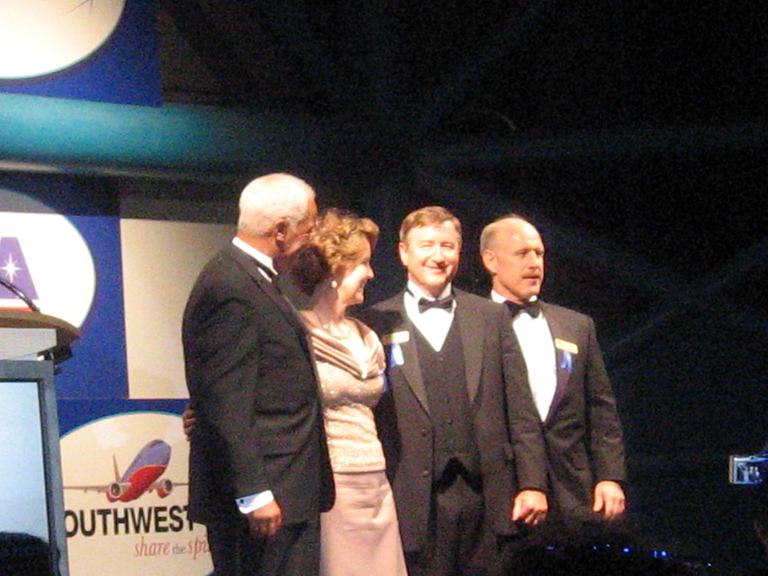
Rocket Man!
When I left Dayton, I went to work at Strategic Air Command in Omaha, Nebraska where my job was to figure out how far missiles could fly. I also ran a group of engineers who programmed the computers on the our Peacekeeper missile:
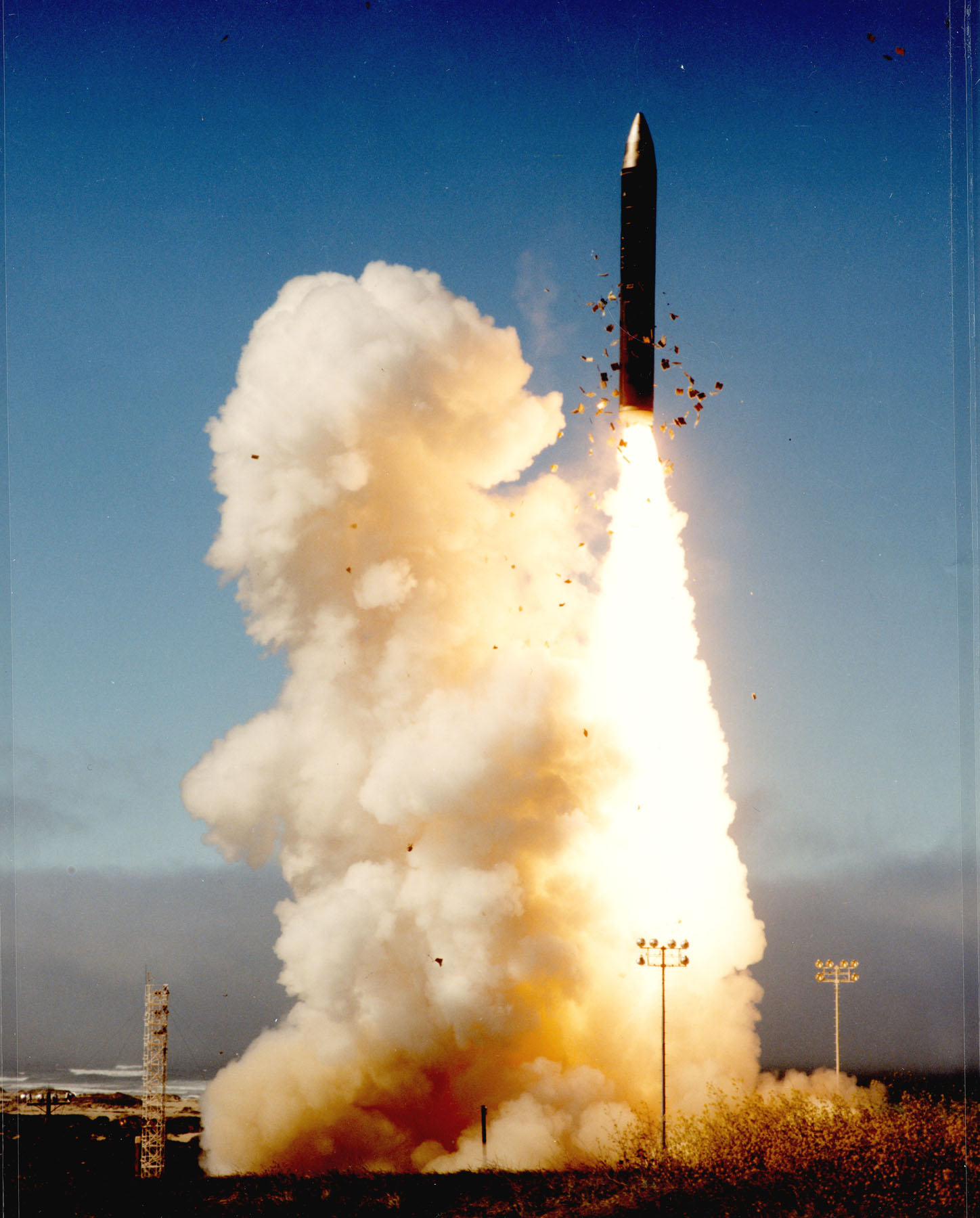
Every once in a while, we would fly one of these from California 6000 miles to the south Pacific ocean, just to make sure it worked the right way!
Rocket Science
So, what does a rocket scientist need to know?
Well, you would be surprised to know that there are tons of fun things to work on in rocket science. Here is a list I thought up:
Aeronautical engineering - how a rocket flies through the air

The Shuttle is just a big glider when it comes back to Earth. It does not fly very well - sort of like a brick. But, it does the job of getting the crew into space and back home safely!
Rocket engines - how an engine works
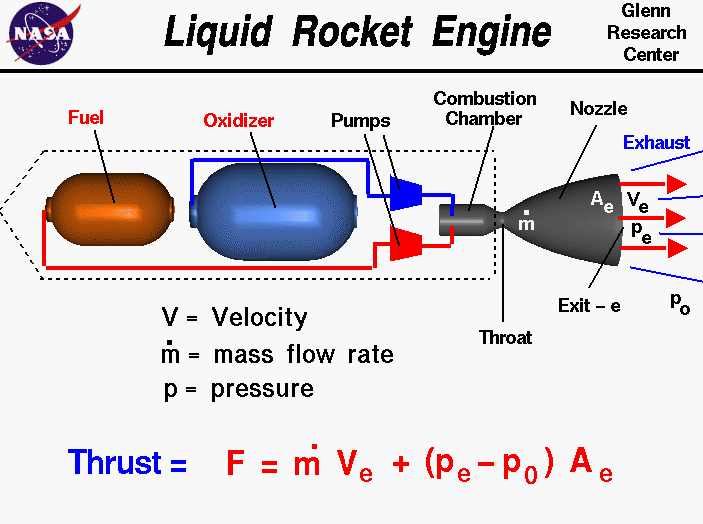
Ugh, the stuff at the bottom is more of that math stuff! (You do need to learn a lot of math to be any kind of scientist!)
Computers - control everything
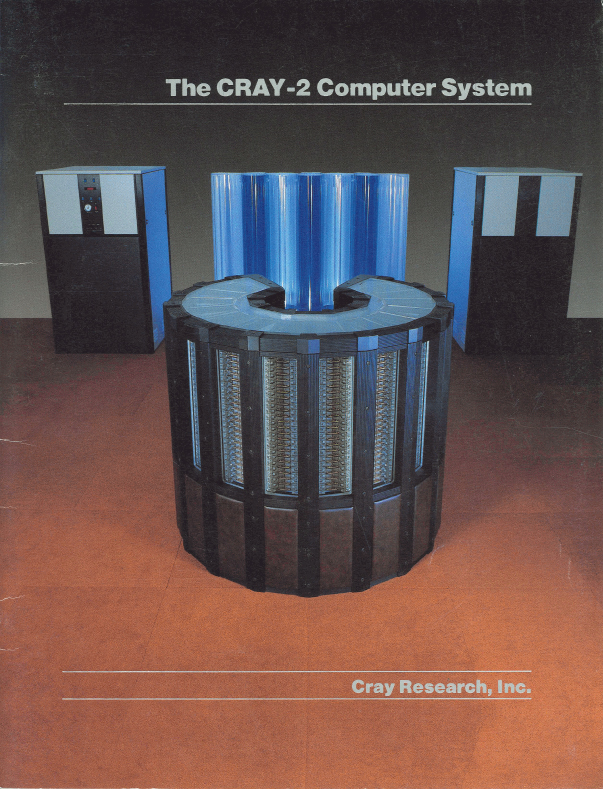
My last job in the Air Force was directing the computer center at the USAF Phillips Space Research Laboratory in Albuquerque New Mexico. We ran one of these $8,000,000 machines that was used by over 2000 scientists to do advanced research!
Robots - rockets carry robots to other planets
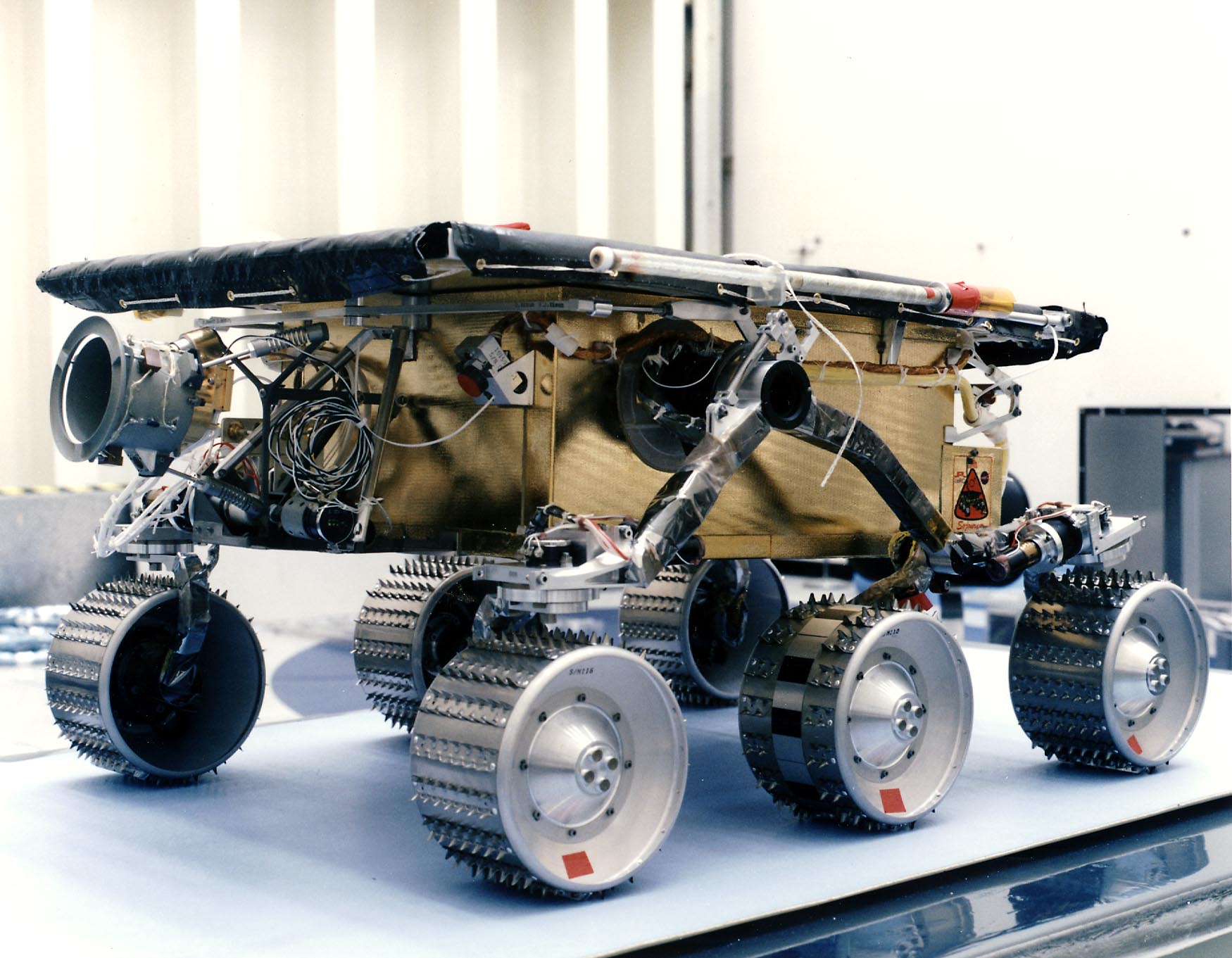
This is "Rover" who is still wandering around on Mars today, but he is getting pretty old and is a bit lame. I teach my students at ACC how to program the computers on robots that are a bit simpler (and cheaper) than Rover!
How do YOU get to be one?
What should you do if you want to become a Rocket Scientist?
Be curious
I was really curious! About everything! I wanted to know how everything worked, especially how airplanes and rockets worked. I probably drove my parents crazy asking how stuff worked. We did not have Google around to help explain things back then!
Study in school
So I studied a lot of science and math in school. I read a lot of books, even books I could not understand very well. I also took things apart, and tried to put them back together - all while trying to understand how people made all this cool stuff that is all around us. (Be careful if you do this, your parents will get mad if you take the toaster apart without their help, or the TV! Mine did, and I was grounded for a week!) You might be surprised to discover how many things around your home are actually also found on space craft. People do need to live in space these days! You might be one of them! (Look around - what do you see in your classroom that might be on the Space Station?)
Build things
I learned to build models that taught me how airplanes actually flew. In fact, when I first got in a real plane as a pilot, I already knew what I needed to do! I just had to get used to doing all that thousands of feet in the air - YIKES! I did not fly model rockets, but they are available today in most hobby shops.
Learn more about computers
Sorry, I did not play video games (they did not exist yet!) When I started working at McDonnell Aircraft, they helped me learn how to program computers so they would do things I wanted them to do. You can do this today. Here is a link to a really cool program designed for beginners who want to build interesting programs.
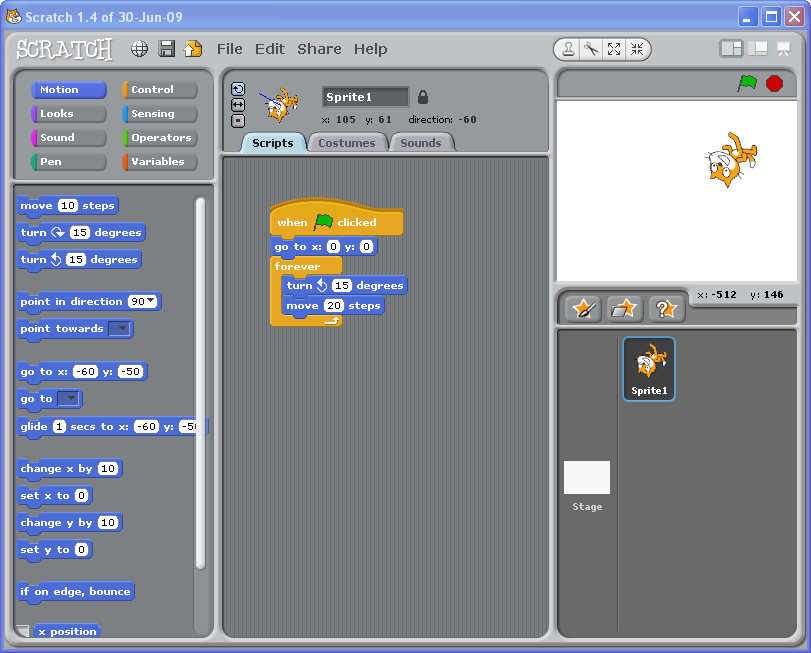
You can download this program from here:
You can use this to learn how to build all kinds of programs on your computer!
There are a few video games I do use today.
Microsoft Flight Simulator can teach you how a real airplane flies! And there are flight simulators that teach you how to fly radio control model airplanes (ask Logan about this)
Keep your mind on your goal
I always knew I wanted to fly. I ended up flying all kinds of planes. I have flown big Air Force tankers, and tiny home built airplanes, and tons of models. I never rode a rocket (yet) but I have a good friend who has, and I love to hear his stories. I have owned real airplanes and enjoy just flying around looking at the clouds poking holes in them!
Have fun
In my entire life, I have always tried to have fun doing things. I was lucky to have amazing jobs, and get to know amazing people. Above all, I got a chance to help build a world where YOU can be whatever you want to be, and have cool gadgets to help you live a fun life.
Today, I teach computer science at Austin Community College, and still am having fun.
Good luck in your science class, and thanks for letting me tell my story!
Comments
There are no comments yet.
